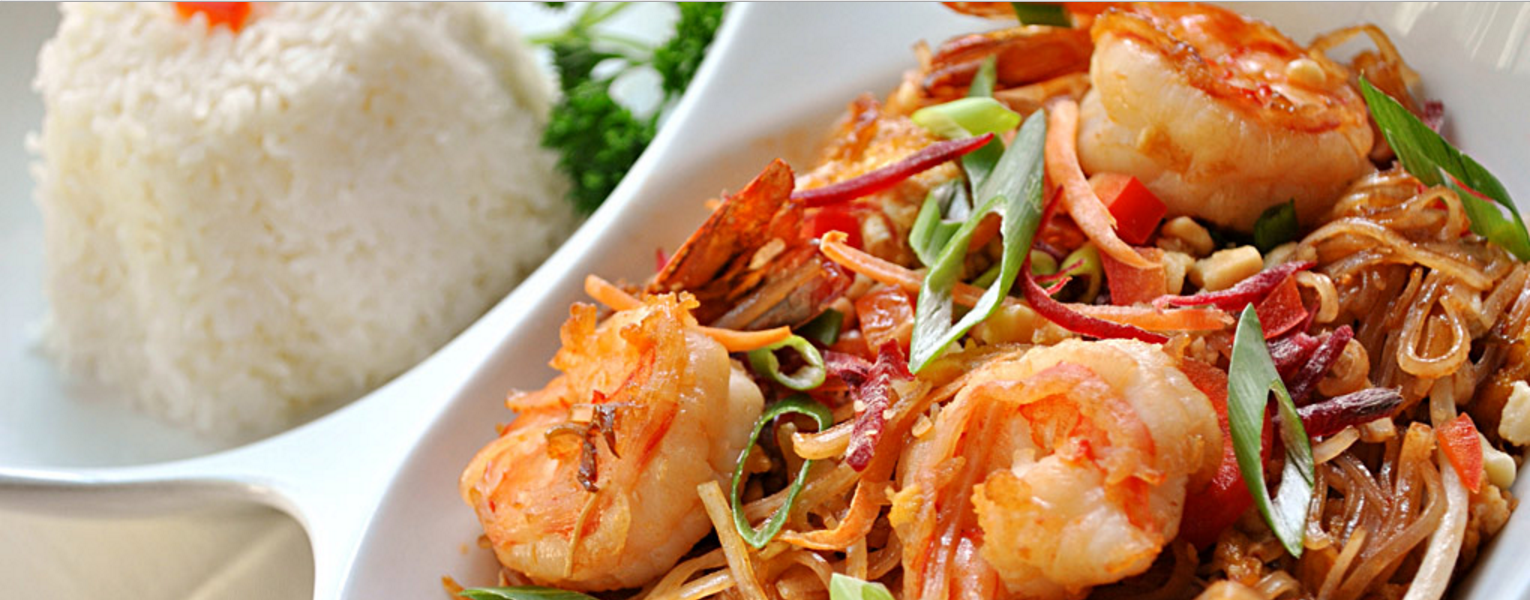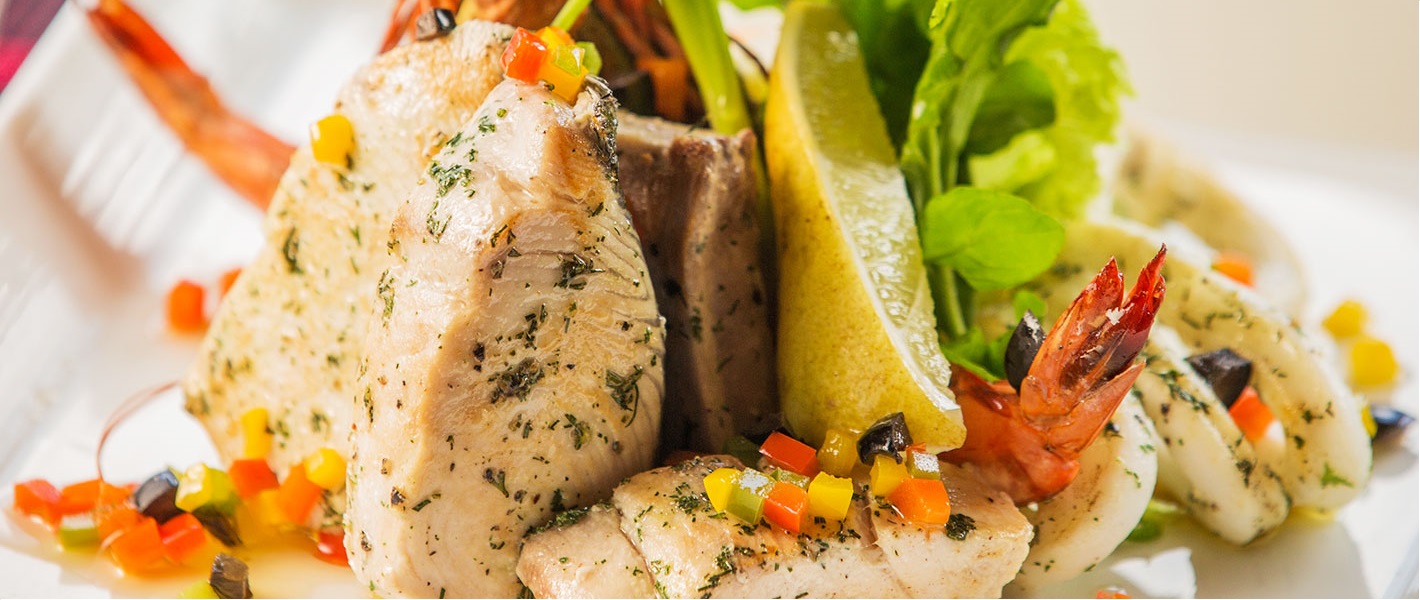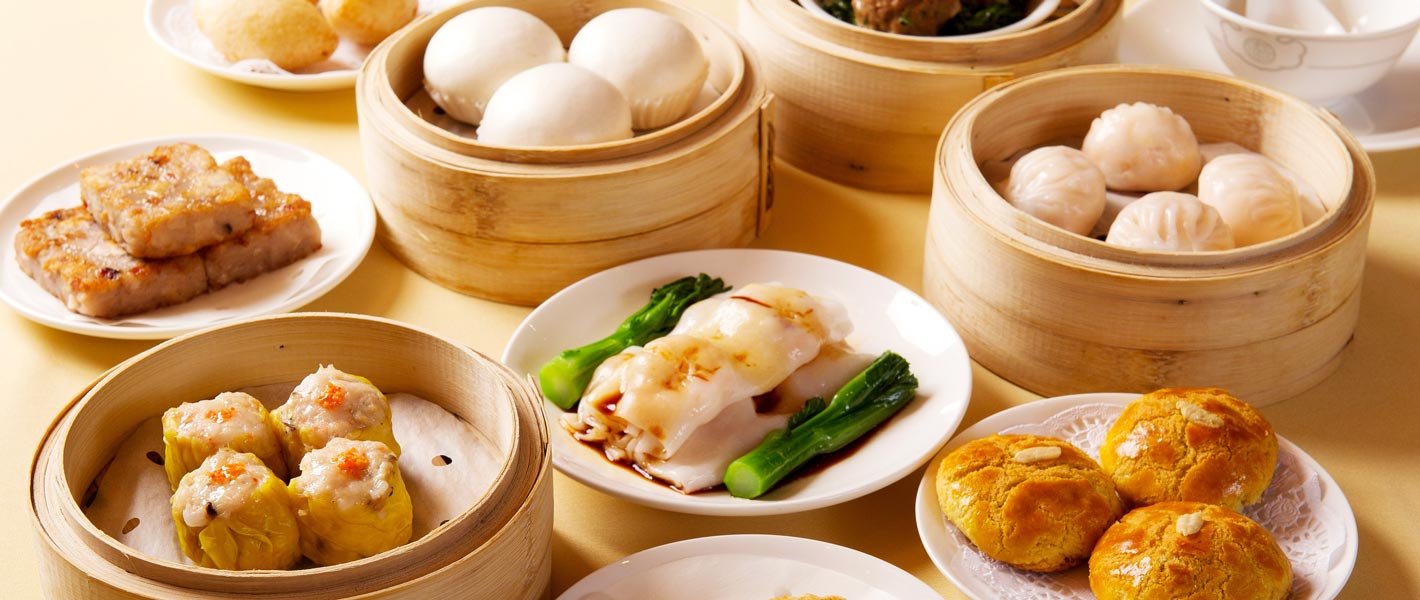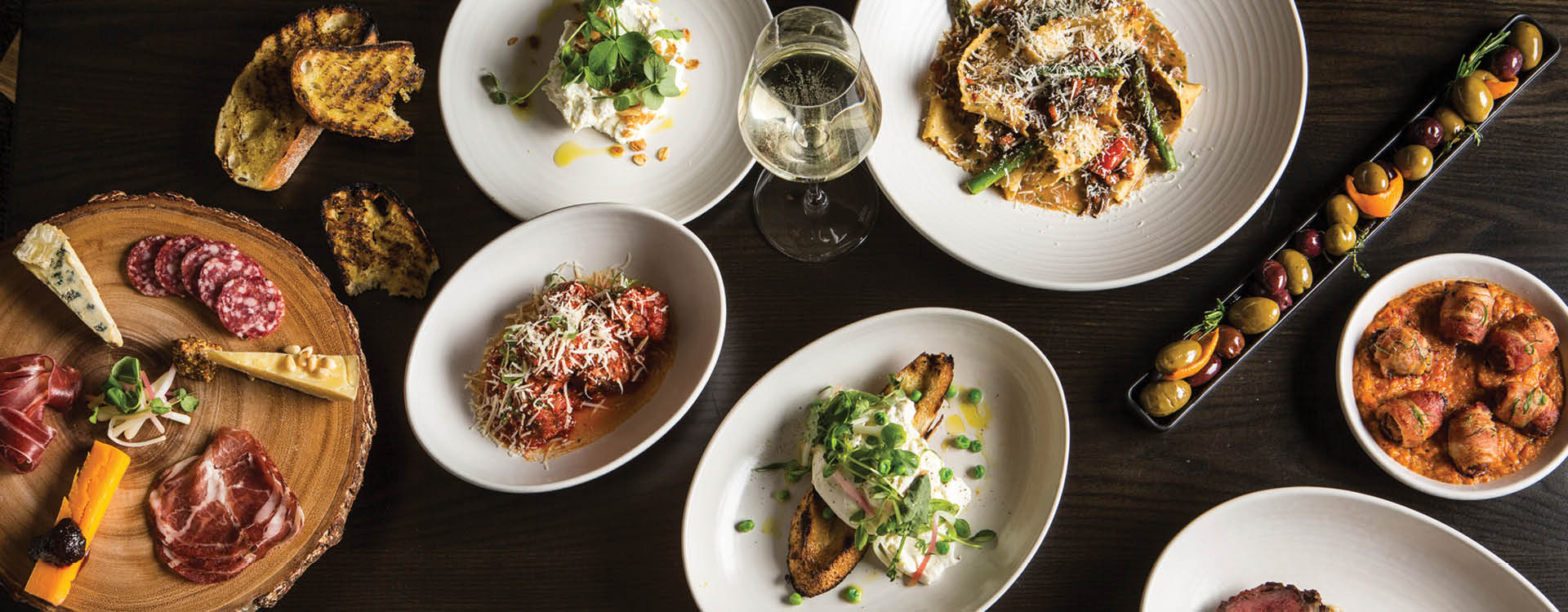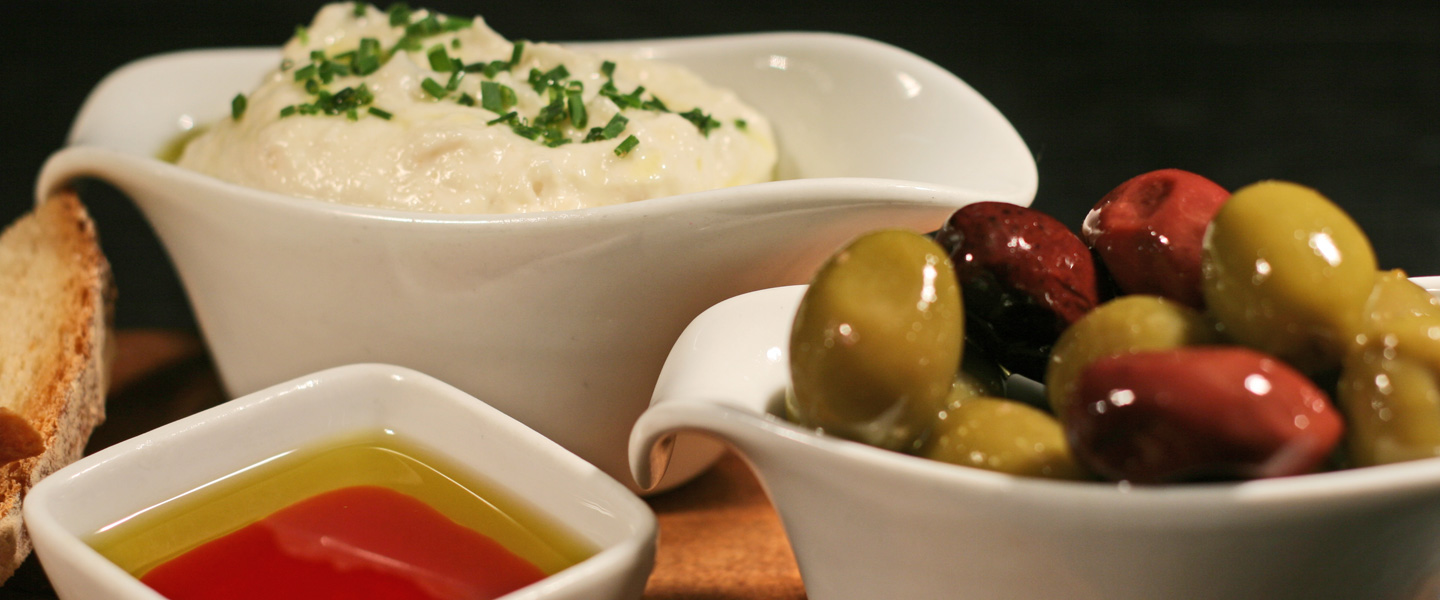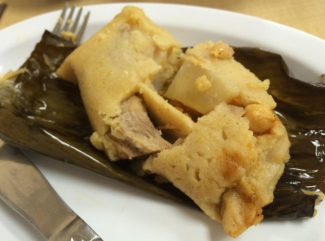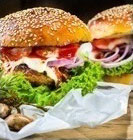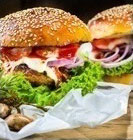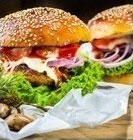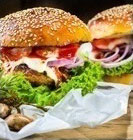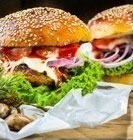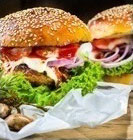Tamal pisque
A tamale (Spanish: tamal, meaning “wrapped” comes from the Nahuatl languages: tamalli) is a traditional dish made of masa or dough (starchy, and usually corn-based), which is wrapped then steamed in a corn husk or banana leaf.
The wrapping can either be discarded prior to eating, or be used as a plate and eaten from within. Tamales can be filled with meats, cheeses, fruits, vegetables, chilies or any preparation according to taste, and both the filling and the cooking liquid may be seasoned.
The tamales originated in Mesoamerica as early as 8000 to 5000 BC. The preparation of tamales is likely to have spread from the indigenous culture in Mexico and Guatemala to the rest of Latin America. According to archaeologists Karl Taube, William Saturn and David Stuart, tamales may date from the year 100 AD. Nowadays, tamale preparation is a part of the Latin American cuisine and culture.
In Mexico and El Salvador, tamales begin with a dough made from nixtamalized corn (hominy), called masa, or a masa mix, such as Maseca, and lard or vegetable shortening. Tamales are generally wrapped in corn husks or plantain leaves before being steamed, depending on the region from which they come. They usually have a sweet or savory filling and are usually steamed until firm.
Tamales are a favorite comfort food in El Salvador, eaten as both breakfast and dinner, and often accompanied with tomato sauce or curtido – a fermented cabbage relish that is a staple of Salvadoran cuisine. Street vendors can be seen serving them from huge, steaming, covered pots (tamaleras) or ollas.
Salvadorian tamales are made in banana or plantain leaves, and the masa (corn meal) is often seasoned with chicken stock or bouillon.
In Belize, El Salvador, Guatemala, Costa Rica, Honduras, Nicaragua, and Panama, tamales are also wrapped in plantain leaves. The dough is usually made from dent corn, not sweet corn.
Read more




